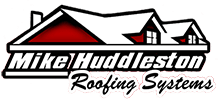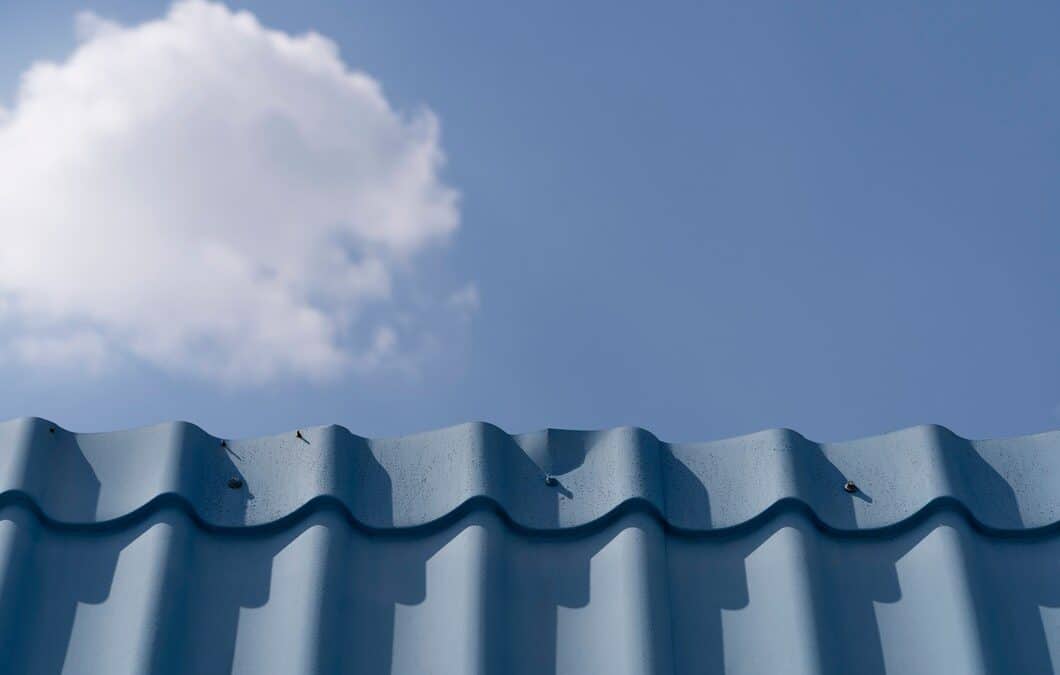Maintaining a commercial metal roof is essential for ensuring its longevity and performance. Metal roofs are popular for commercial buildings due to their durability, energy efficiency, and low maintenance requirements. However, even the sturdiest metal roofs need regular care to remain in excellent condition and avoid costly repairs.
Regular inspections and timely maintenance can help prevent minor issues from becoming major problems. By routinely checking your roof, you can spot potential vulnerabilities and address them before they lead to significant damage. Cleaning and debris removal are also crucial for preserving your metal roof. Piles of leaves, dirt, and other debris can retain moisture, leading to corrosion and other types of damage.
Timely repairs are another critical aspect of metal roof maintenance. Addressing minor issues promptly prevents them from escalating into costly repairs or replacements. Let’s explore these effective maintenance tips in detail so that you can keep your commercial metal roof in top-notch condition.
Regular Inspections and Assessments
Regular inspections and assessments are crucial for maintaining the health of your commercial metal roof. Scheduling routine visual checks allows you to identify potential issues before they become major problems. Ideally, inspect your roof at least twice a year, preferably in the spring and fall, as well as after any severe weather events.
During inspections, look for visible signs of damage, such as rust, corrosion, or missing fasteners. Check seams and joints carefully, as these are common areas for leaks. Also, ensure that flashing around roof openings, such as vents and skylights, is secure and free of gaps. If you notice any water stains or damp spots on the interior of the building, these could indicate leaks that need immediate attention.
Consider employing a professional roofing contractor for a more thorough assessment. They have the expertise to spot less obvious problems and can provide detailed reports on the condition of your roof. Professional assessments often include checking the roof’s structural integrity, thermal insulation, and even the effectiveness of its drainage systems.
Regular inspections not only help identify problems early but also extend the life of your commercial metal roof. By addressing minor issues promptly, you can avoid more significant and expensive repairs down the line.
Cleaning and Debris Removal
Keeping your commercial metal roof clean and free of debris is another essential maintenance task. Accumulated dirt, leaves, and branches can trap moisture, leading to rust and corrosion. Regular cleaning helps maintain the roof’s appearance and prevents damage.
1. Remove Debris: Use a broom or leaf blower to remove loose debris from the roof. Pay particular attention to areas around drainage systems, such as gutters and downspouts, where debris tends to accumulate.
2. Clean Gutters and Downspouts: Ensure gutters and downspouts are clear of leaves and debris to allow water to flow freely off the roof. Clogged gutters can cause water to back up, leading to leaks and structural damage.
3. Wash the Roof Surface: Use a low-pressure washer or a hose with a soft brush to clean the roof surface. Avoid high-pressure washing, as it can damage the protective coating on metal roofs. Use a mild detergent to remove stubborn dirt and stains.
Regular cleaning not only prevents damage but also helps maintain the roof’s reflective properties, which are essential for energy efficiency. A clean roof can better reflect sunlight, reducing heat absorption and lowering cooling costs for your commercial building.
Addressing Minor Repairs Promptly
Addressing minor repairs promptly is essential for maintaining the integrity and longevity of your commercial metal roof. Small issues, if left unattended, can turn into major problems that require costly repairs. By tackling minor repairs as soon as they are noticed, you can prevent further damage and extend the life of your roof.
1. Identify Problem Areas: Regular inspections can help you identify problem areas that need immediate attention. Look for signs of wear and tear, such as loose or missing fasteners, small holes, and cracks. Even minor rust spots should be addressed quickly to prevent them from spreading.
2. Repair Techniques: Use appropriate materials and techniques to fix minor issues. For example, seal small cracks with a quality roof sealant, and replace missing fasteners to ensure that panels are secure. Rust spots can be treated with a rust converter and coated with roof paint to prevent further corrosion.
3. Professional Help: While some repairs can be handled in-house, it’s often best to hire a professional roofing contractor for more complicated repairs. Professionals have the expertise to ensure that repairs are done correctly and safely, reducing the risk of further damage.
Seasonal Maintenance Practices
Seasonal maintenance practices are vital for keeping your commercial metal roof in top condition throughout the year. Different weather conditions present unique challenges, and following seasonal maintenance tips helps protect your roof from damage caused by extreme temperatures, heavy rain, snow, and wind.
1. Spring and Fall Maintenance: Perform thorough inspections and cleanings during the spring and fall. Check for damage caused by winter weather or summer storms. Clear gutters and downspouts to prevent water buildup, and remove any debris that may have accumulated over the months.
2. Winter Preparation: Before winter sets in, ensure your roof is ready for snow and ice. Check and reinforce flashing around roof openings, as these areas are more prone to leaks. Consider installing snow guards to prevent heavy snow from sliding off the roof, which can cause damage to the structure and pose a safety hazard.
3. Summer Care: In the summer, focus on maintaining the roof’s reflective properties to reduce heat absorption. Clean the roof surface to remove dirt and debris, which can diminish its reflective capabilities. Ensure that ventilation systems are functioning properly to prevent overheating and reduce cooling costs.
Conclusion
Effective maintenance is crucial for the long-term performance and durability of your commercial metal roof. Regular inspections, timely debris removal, prompt repairs, and seasonal maintenance practices all play a vital role in protecting your investment. By taking these steps, you can ensure your roof remains in excellent condition, saving your business from costly repairs and extending the roof’s lifespan.
For expert metal roofing installation and repairs, contact Mike Huddleston Roofing Systems. Our team is equipped with the knowledge and tools to keep your commercial metal roof in top shape. Partner with us today to ensure your roof’s longevity and performance!

